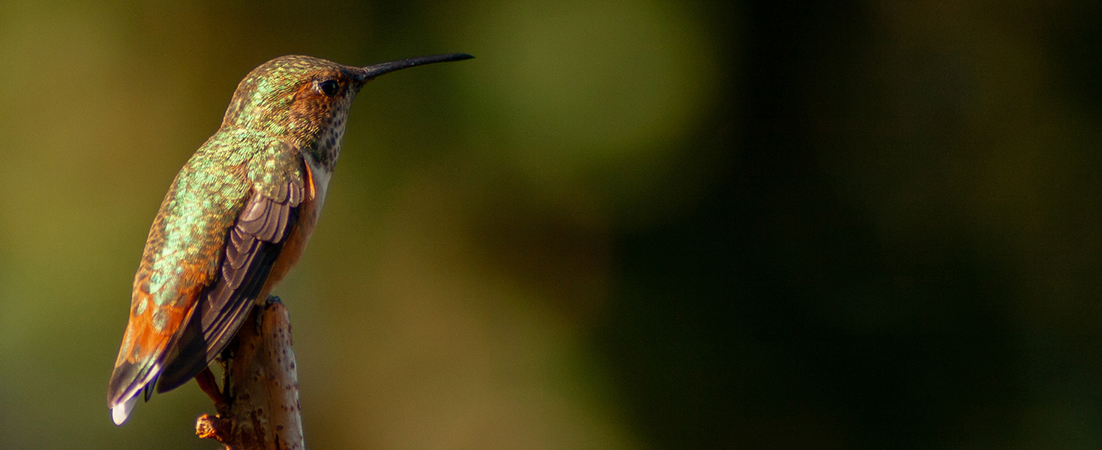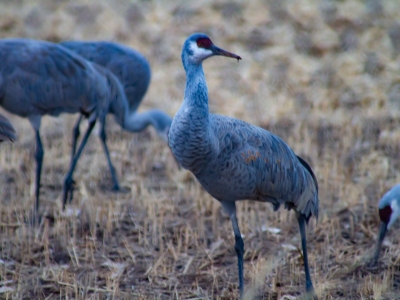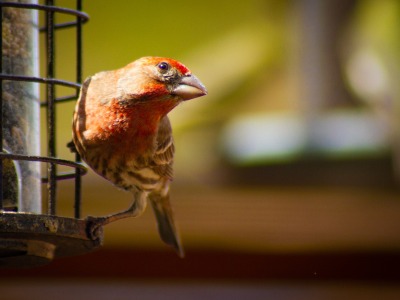
Galleries
Here are the photos! Enjoy!
 Accipitriformes
Accipitriformes The Accipitriformes (from Latin accipiter/accipitri- "hawk", and Neo-Latin -formes "having the form of") are an order of birds that includes most of the diurnal birds of prey, including hawks, eagles, vultures, and kites, but not falcons.
For a long time, the majority view was to include them with the falcons in the Falconiformes, but many authorities now recognize a separate from Accipitriformes. A DNA study published in 2008 indicated that falcons are not closely related to the Accipitriformes, being instead more closely related to parrots and passerines. Since then, the split and the placement of the falcons next to the parrots in taxonomic order has been adopted by the American Ornithological Society's South American Classification Committee (SACC), its North American Classification Committee (NACC),and the International Ornithological Congress (IOC). The British Ornithologists' Union already recognized the Accipitriformes, and has adopted the move of Falconiformes. The DNA-based proposal and the NACC and IOC classifications include the New World vultures in the Accipitriformes, while the SACC classifies the New World vultures as a separate order, the Cathartiformes.
 Anseriformes
Anseriformes Ansiformes is an order of birds also known as waterfowl that comprises about 180 living species of birds in three families: Anhimidae (three species of screamers), Anseranatidae (the magpie goose), and Anatidae, the largest family, which includes over 170 species of waterfowl, among them the ducks, geese, and swans. Most modern species in the order are highly adapted for an aquatic existence at the water surface. Due to their aquatic nature, most species are web-footed.
 Apodiformes
Apodiformes Traditionally, the bird order Apodiformess /ˈæpədɪfɔːrmiːz/ contained three living families: the swifts (Apodidae), the treeswifts (Hemiprocnidae), and the hummingbirds (Trochilidae). In the Sibley-Ahlquist taxonomy, this order is raised to a superorder Apodimorphae in which hummingbirds are separated as a new order, Trochiliformes. With nearly 450 species identified to date, they are the most diverse order of birds after the passerines.
 Charadriiformes
Charadriiformes Charadriiformes (from Charadrius, the type genus of family Charadriidae) is a diverse order of small to medium-large birds. It includes about 390 species and has members in all parts of the world. Most charadriiform birds live near water and eat invertebrates or other small animals; however, some are pelagic (seabirds), others frequent deserts, and a few are found in dense forest. Members of this group can also collectively be referred to as shorebirds.
 Galliformes
Galliformes Galliformes is an order of heavy-bodied ground-feeding birds that includes turkeys, chickens, quail, and other landfowl. Gallinaceous birds, as they are called, are important in their ecosystems as seed dispersers and predators, and are often reared by humans for their meat and eggs, or hunted as game birds.
The order contains about 290 species, inhabiting every continent except Antarctica, and divided into five families: Phasianidae (including chicken, quail, partridges, pheasants, turkeys, peafowl (peacocks) and grouse), Odontophoridae (New World quail), Numididae (guinea fowl), Cracidae (including chachalacas and curassows), and Megapodiidae (incubator birds like malleefowl and brush-turkeys). They adapt to most environments except for innermost deserts and perpetual ice.
 Gruiformes
Gruiformes The Gruiformes are an order containing a considerable number of living and extinct bird families, with a widespread geographical diversity. Gruiform means "crane-like".
Traditionally, a number of wading and terrestrial bird families that did not seem to belong to any other order were classified together as Gruiformes. These include 14 species of large cranes, about 145 species of smaller crakes and rails, as well as a variety of families comprising one to three species, such as the Heliornithidae, the limpkin, or the Psophiidae.
Other birds have been placed in this order more out of necessity to place them somewhere; this has caused the expanded Gruiformes to lack distinctive apomorphies. Recent studies indicate that these "odd Gruiformes" are if at all only loosely related to the cranes, rails, and relatives ("core Gruiformes").
 Passeriformes
Passeriformes A Passerine is any bird of the order Passeriformes from Latin (passer 'sparrow' and formis '-shaped'), which includes more than half of all bird species. Sometimes known as perching birds, passerines generally have an anisodactyl arrangement of their toes (three pointing forward and one back), which facilitates perching.
With more than 140 families and some 6,500 identified species, Passeriformes is the largest order of birds and among the most diverse clades of terrestrial vertebrates, representing 60% of birds. Passerines are divided into three clades: Acanthisitti (New Zealand wrens), Tyranni (suboscines), and Passeri (oscines or songbirds). The passerines contain several groups of brood parasites such as the viduas, cuckoo-finches, and the cowbirds. Most passerines are omnivorous, while the shrikes are carnivorous.
 Pelecaniformes
Pelecaniformes The Pelecaniformes are an order of medium-sized and large waterbirds found worldwide. As traditionally—but erroneously—defined, they encompass all birds that have feet with all four toes webbed. Hence, they were formerly also known by such names as totipalmates or steganopodes. Most have a bare throat patch (gular patch), and the nostrils have evolved into dysfunctional slits, forcing them to breathe through their mouths. They also have a pectinate nail on their longest toe. This is shaped like a comb and is used to brush out and separate their feathers. They feed on fish, squid, or similar marine life. Nesting is colonial, but individual birds are monogamous. The young are altricial, hatching from the egg helpless and naked in most. They lack a brood patch.
 Piciformes
Piciformes Nine families of largely arboreal birds make up the orderPiciformes, the best-known of them being the Picidae, which includes the woodpeckers and close relatives. The Piciformes contain about 71 living genera with a little over 450 species, of which the Picidae make up about half.
In general, the Piciformes are insectivorous, although the barbets and toucans mostly eat fruit and the honeyguides are unique among birds in being able to digest beeswax (although insects make up the bulk of their diet). Nearly all Piciformes have parrot-like zygodactyl feet—two toes forward and two back, an arrangement that has obvious advantages for birds that spend much of their time on tree trunks. An exception are a few species of three-toed woodpeckers. The jacamars aside, Piciformes do not have down feathers at any age, only true feathers. They range in size from the rufous piculet at 8 centimetres in length, and weighing 7 grams, to the toco toucan, at 63 centimetres long, and weighing 680 grams. All nest in cavities and have altricial young.
 Psittaciformes
Psittaciformes Parrots, also known as psittacines are birds of the roughly 398 species in 92 genera comprising the order Psittaciformes, found mostly in tropical and subtropical regions. The order is subdivided into three superfamilies: the Psittacoidea ("true" parrots), the Cacatuoidea (cockatoos), and the Strigopoidea (New Zealand parrots). One-third of all parrot species are threatened by extinction, with higher aggregate extinction risk (IUCN Red List Index) than any other comparable bird group. Parrots have a generally pantropical distribution with several species inhabiting temperate regions in the Southern Hemisphere, as well. The greatest diversity of parrots is in South America and Australasia.